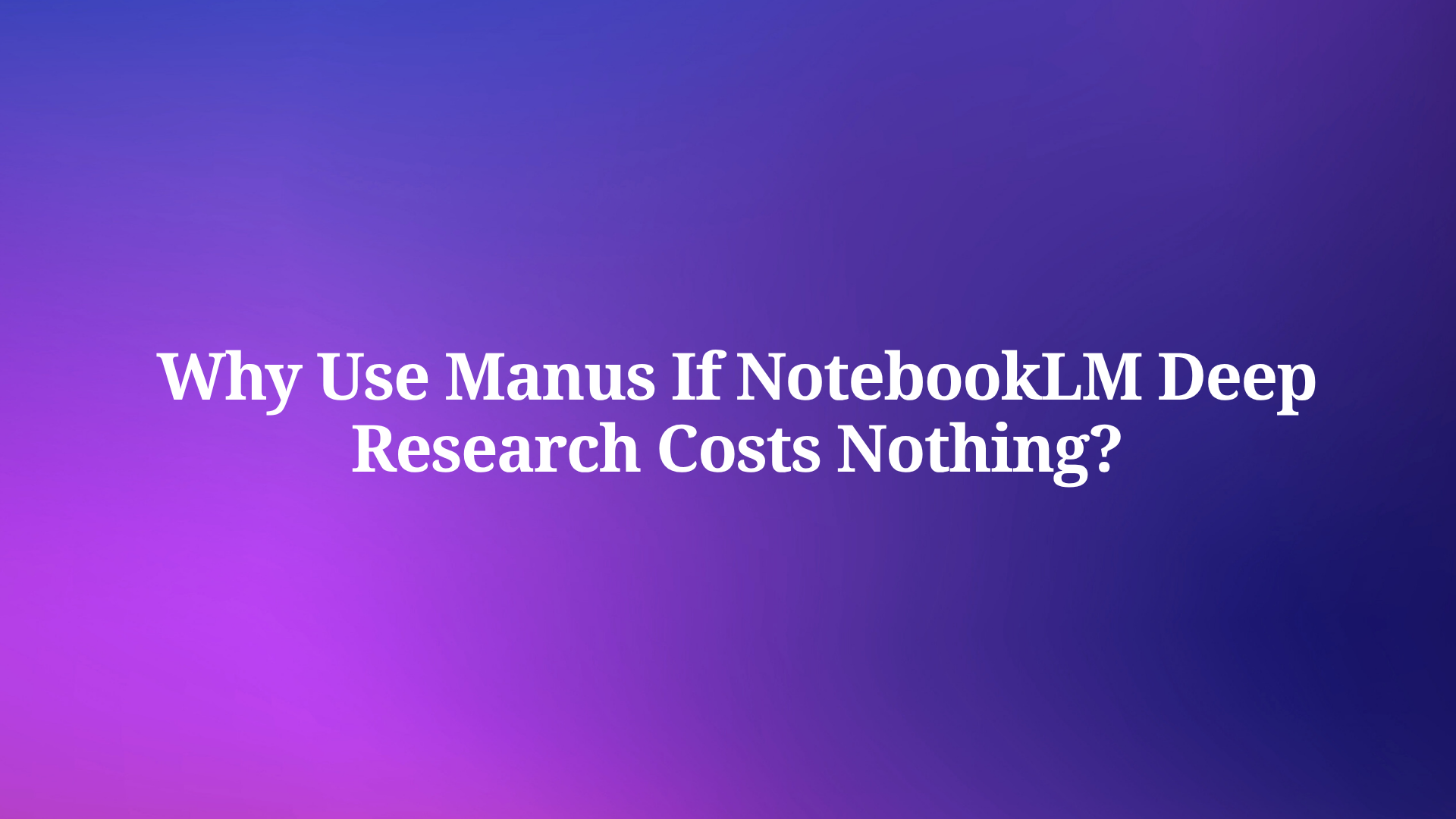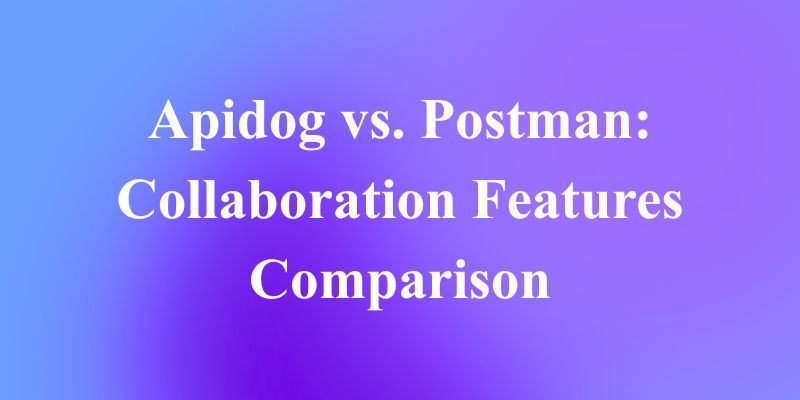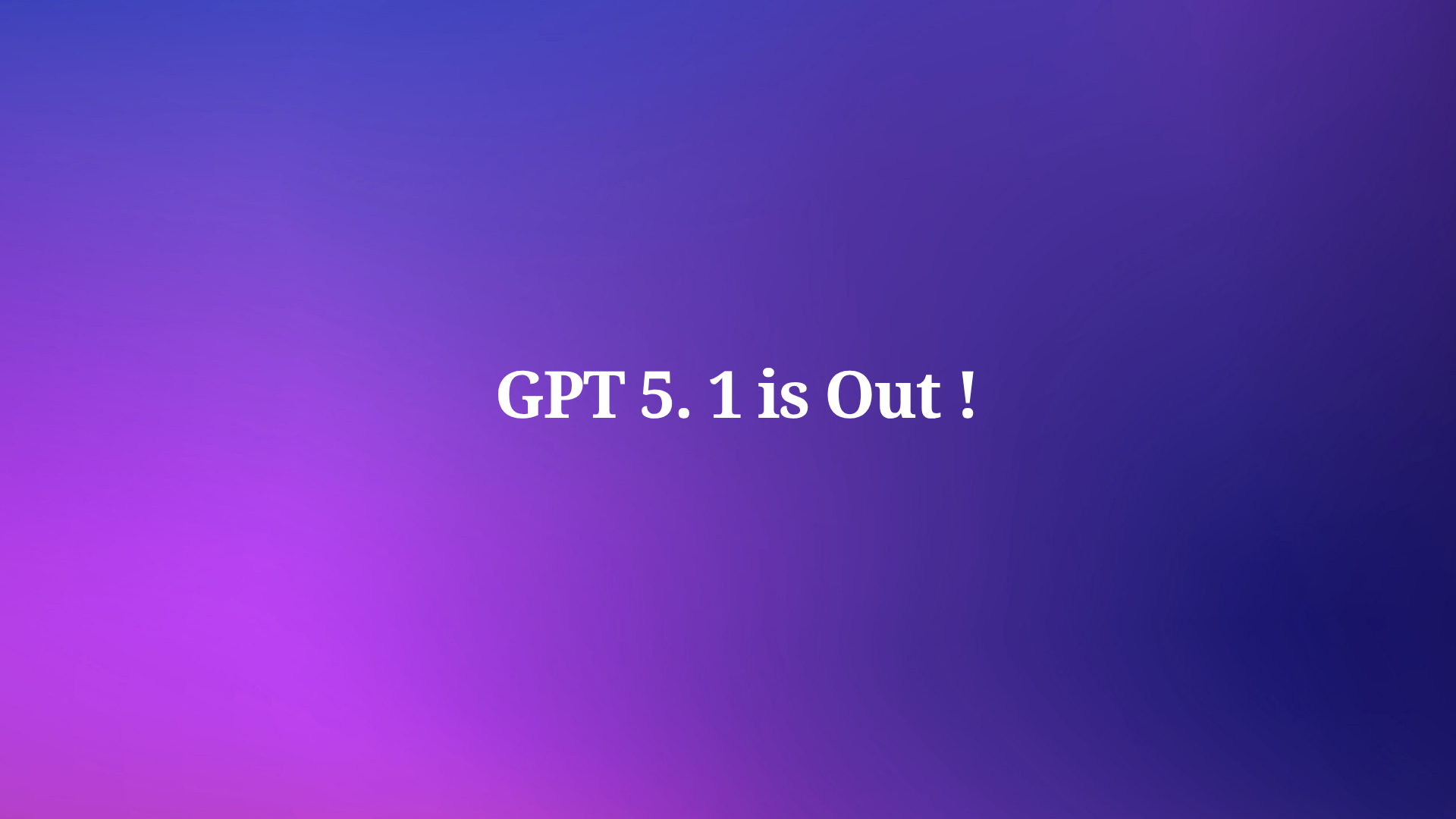Anthropic Claude has emerged as a powerful and versatile large language model (LLM), captivating developers and businesses with its advanced reasoning, creativity, and commitment to safety. As with any powerful tool, understanding the associated costs is paramount for effective implementation and sustainable innovation. This comprehensive tutorial will guide you through the intricacies of Claude API pricing, empowering you to make informed decisions and accurately forecast your expenses as you harness the capabilities of this cutting-edge AI.
The Core of Claude API Pricing: Pay-As-You-Go with a Token-Based System
The fundamental principle behind Claude API pricing is a pay-as-you-go model. You are billed for what you use, providing flexibility and scalability for projects of all sizes. The primary unit of measurement for billing is the token.
A token is a sequence of characters that the model processes. For English text, a rough but useful approximation is that one token is equivalent to about three-quarters of a word. This means a 100-word passage would be roughly 133 tokens. It's important to note that this is an estimate, and the actual token count can vary based on the complexity of the words and the presence of punctuation and special characters.
Crucially, Claude's pricing distinguishes between two types of tokens:
- Input Tokens: These are the tokens you send to the API in your prompt. This includes the text you want the model to process, any instructions you provide, and contextual information.
- Output Tokens: These are the tokens the model generates in its response. This is the text, code, or other content that Claude produces based on your input.
This distinction is a critical factor in cost estimation, as output tokens are generally more expensive than input tokens across all Claude models. This reflects the greater computational resources required for the model to generate new content versus processing existing text.
A Family of Models, A Spectrum of Prices
Anthropic offers a family of Claude models, each with distinct capabilities and price points, allowing you to choose the best fit for your specific needs and budget. The models span different generations, with newer versions offering enhanced performance.
Here is a breakdown of the approximate pricing per million tokens for the leading Claude models. Please note that these prices are subject to change, and it is always advisable to consult the official Anthropic pricing page for the most up-to-date information.
| Model | Input | Output | Prompt Caching (Write) | Prompt Caching (Read) |
|---|---|---|---|---|
| Opus 4.1 | $15 / MTok | $75 / MTok | $18.75 / MTok | $1.50 / MTok |
| Sonnet 4.5 (≤ 200K tokens) | $3 / MTok | $15 / MTok | $3.75 / MTok | $0.30 / MTok |
| Sonnet 4.5 (> 200K tokens) | $6 / MTok | $22.50 / MTok | $7.50 / MTok | $0.60 / MTok |
| Haiku 4.5 | $1 / MTok | $5 / MTok | $1.25 / MTok | $0.10 / MTok |
| Sonnet 4 | $3 / MTok | $15 / MTok | $3.75 / MTok | $0.30 / MTok |
| Opus 4 | $15 / MTok | $75 / MTok | $18.75 / MTok | $1.50 / MTok |
| Sonnet 3.7 | $3 / MTok | $15 / MTok | $3.75 / MTok | $0.30 / MTok |
| Haiku 3.5 | $0.80 / MTok | $4 / MTok | $1 / MTok | $0.08 / MTok |
| Opus 3 | $15 / MTok | $75 / MTok | $18.75 / MTok | $1.50 / MTok |
| Haiku 3 | $0.25 / MTok | $1.25 / MTok | $0.30 / MTok | $0.03 / MTok |
As the table clearly illustrates, there is a significant price differential between the models, with the Opus series being substantially more expensive than the Haiku models. The choice of model will, therefore, be a primary driver of your overall API costs. The "Sonnet" models are positioned as balanced options, offering a compelling blend of intelligence, speed, and cost-effectiveness suitable for a wide array of enterprise workloads. The "Haiku" models are the fastest and most compact, designed for near-instantaneous responses in applications like customer service chats and content moderation. The "Opus" models are the most powerful, engineered for highly complex tasks in research, analysis, and advanced problem-solving.
How to Estimate Your Claude API Costs: A Practical Approach
Calculating your potential Claude API expenses involves a straightforward, multi-step process:
Estimate Your Token Usage: The first and most crucial step is to estimate the number of input and output tokens your application will consume. For a new project, you can start by analyzing representative samples of your data.
- Input Tokens: Take a sample of the prompts you intend to send to the API and use an online token estimator or a library in your preferred programming language to get an average token count per prompt.
- Output Tokens: This can be more challenging to predict accurately as it depends on the model's response length. You can start by setting a maximum output length in your API calls and then analyzing the average length of the generated responses.
Choose Your Model: Based on the complexity of your tasks, your performance requirements, and your budget, select the most appropriate Claude model. For initial development and testing, starting with a more affordable model like Haiku or Sonnet is often a prudent strategy.
Calculate the Cost per API Call: Once you have your estimated input and output token counts and have chosen your model, you can calculate the cost of a single API call using the following formula:
Cost per Call = (Input Tokens / 1,000,000) * Input Price + (Output Tokens / 1,000,000) * Output Price
Project Your Monthly Costs: To forecast your monthly expenses, you'll need to estimate the total number of API calls your application will make per month.
Monthly Cost = Cost per Call * Number of API Calls per Month
Example Calculation:
Let's imagine you are building a customer support chatbot that handles an average of 10,000 customer queries per month.
- Average Input: 500 tokens per query (customer's question and chat history).
- Average Output: 300 tokens per response (the chatbot's answer).
- Chosen Model: Claude 4 Sonnet.
Cost per Query:
- Input Cost: (500 / 1,000,000) * $3.00 = $0.0015
- Output Cost: (300 / 1,000,000) * $15.00 = $0.0045
- Total Cost per Query: $0.0015 + $0.0045 = $0.006
Projected Monthly Cost:
- $0.006 per query * 10,000 queries = $60 per month
This example demonstrates how a seemingly small per-token cost can accumulate based on volume. Therefore, careful planning and optimization are key to managing your expenses effectively.
Advanced Pricing Features and Considerations
Beyond the basic token-based pricing, Anthropic offers several features that can impact your costs:
Prompt Caching: For applications that repeatedly use the same initial prompts, prompt caching can significantly reduce costs. You pay a slightly higher price to write to the cache, but subsequent reads from the cache are significantly cheaper than reprocessing the original prompt.
Batch Processing: If you have a large volume of non-urgent tasks, you can use batch processing to receive a discount on your API calls. This is ideal for offline data analysis, document processing, and other asynchronous workloads.
Tool Use (Function Calling): When you use Claude's tool-use capabilities to interact with external tools or APIs, the tokens associated with the tool definitions and the results returned from the tools are counted towards your input and output token usage.
Getting Started: Free Tiers and Billing
For developers looking to experiment with the Claude API, Anthropic typically offers a free tier of usage. This often includes a certain amount of free credits to get you started. This is an excellent way to build and test your initial prototypes without any financial commitment.
Billing for the Claude API is handled through a prepaid credit system. You purchase usage credits in advance, and your API usage is deducted from your credit balance. You can monitor your usage and credit balance through the Anthropic console and set up auto-reloads to ensure uninterrupted service.
Conclusion: A Strategic Approach to Claude API Costs
The cost of using the Claude API is a dynamic and multifaceted consideration. By understanding the core principles of token-based pricing, the different capabilities and costs of the Claude model family, and the tools available for cost estimation and optimization, you can effectively manage your expenses and unlock the full potential of this powerful AI technology.
The key to cost-effective implementation lies in a strategic approach:
- Start Small: Begin with a more affordable model like a Haiku or Sonnet variant for initial development and testing.
- Optimize Your Prompts: Craft concise and efficient prompts to minimize your input token count.
- Leverage Advanced Features: Take advantage of prompt caching and batch processing where applicable.
- Monitor Your Usage: Regularly track your API consumption to stay within your budget and identify areas for optimization.
By following these guidelines and maintaining a clear understanding of the pricing structure, you can confidently integrate the Claude API into your applications, driving innovation and achieving your goals without breaking the bank. The power of Claude is at your fingertips; with careful planning, you can harness it to build the next generation of intelligent applications.



